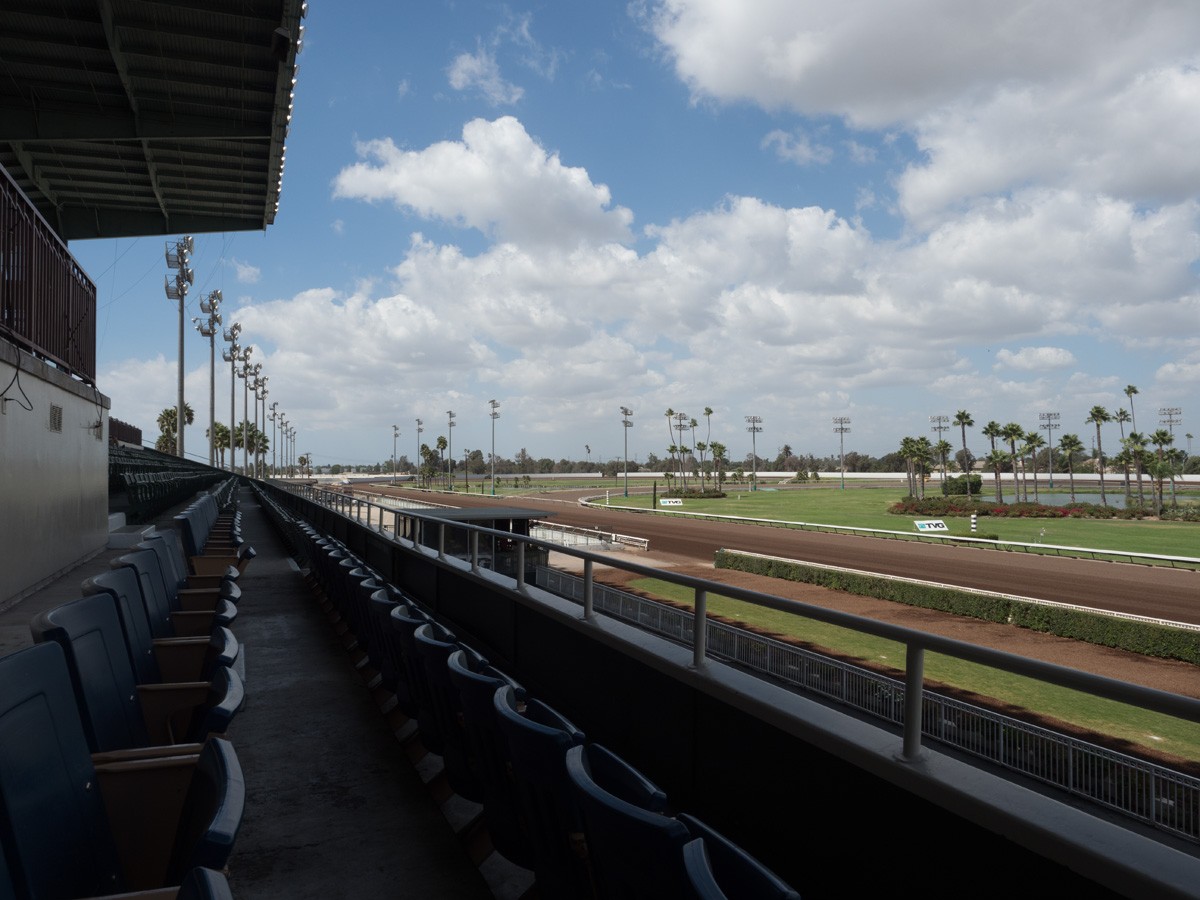
OC Weekly note: Award-winning reporter Melissa del Bosque has just written a new book, Bloodlines: The True Story of a Drug Cartel, the FBI, and the Battle for a Horse-Racing Dynasty. It’s an exhilarating, tautly written must-buy about how the ruthless Zetas managed to launder millions of dollars in drug profits through a seemingly unlikely venture: quarter horse racing.
The dying sport only has a few racetracks devoted to it left in the United States, and one of them just happens to be the Los Alamitos Race Course in Cypress. That’s where Tremor Enterprises (run by José Treviño, brother of Zetas leaders Miguel and Omar Treviño) set up shop around 2010, immediately winning races—and raising eyebrows.
“News was already circulating among the insular world of the backside that the Zetas were at Los Alamitos, paying for horses with duffel bags of cash,” Del Bosque writes. “The grooms, hot walkers and other workers on the backside—some of whom had already fled the Zetas in Mexico—had thought they’d escaped the brutal cartel.”
Tremor Enterprises went on to dominate the quarter horse industry across the United States. In Los Al, they ran horses with telling names like Mr. Ease Cartel, Forty Force (referring to Miguel’s Zetas codename) and Number One Cartel, with no media ever catching on. But as the Zetas spread their empire into Orange County, the FBI was quietly building a case. In this exclusive excerpt, Del Bosque writes about a DEA raid that happened at Los Al in March 2012 that sought to target trainers and handlers. Heading the Zetas investigation were FBI agents Scott Lawson and Alma Perez, who let their other partner, IRS agent Steve Pennington, know they were none too pleased the DEA was just about to endanger their years of hard work.
When it seemed like things couldn’t get much worse, Lawson was hit with more bad news—this time in an email from Bill Johnston, a DEA agent who worked upstairs. On weekends, Johnston, who was originally from Philadelphia, sometimes went out to bars and clubs with Lawson and the other young agents in their building. Jeff Hathaway had been transferred to South America, and Johnston had been trying to repair some of the frayed relations between Lawson and his agency by offering to help out with the investigation where he could.
In his email, Johnston said he’d overheard that the DEA in California was going to raid the Los Alamitos racetrack that morning. They’d gotten a tip that Omar Treviño would be there. Lawson sat back in his chair, shocked. Then he read the email again to make sure he hadn’t missed anything. But the email was brief and to the point. He pushed his chair back, then got up and quickly walked over to Perez’s desk. He could feel his panic quickly turning to anger.
“The DEA is raiding Los Alamitos. We’re fucking burnt,” he told Perez, pacing around her desk. He was too alarmed to sit down.
“What?” Perez said, incredulous, turning around in her chair.
“When did you find out?”
“I just got an email from Bill upstairs. They’re looking for Omar.”
“Oh, shit,” Perez said, letting it sink in. “What else did he say?”
“That’s it,” Lawson said, still pacing back and forth. “I’m going to call Pennington.” He strode back to his desk, looking like he might punch someone or something. When he gave Pennington the news, he had a similar response—shock, then anger. His task force had been working the case for more than a year, poring over thousands of documents, carefully constructing a trail of evidence linking the drug money with the horses. If José and the others fled to Mexico, they would be out of their reach. It would all be for nothing.
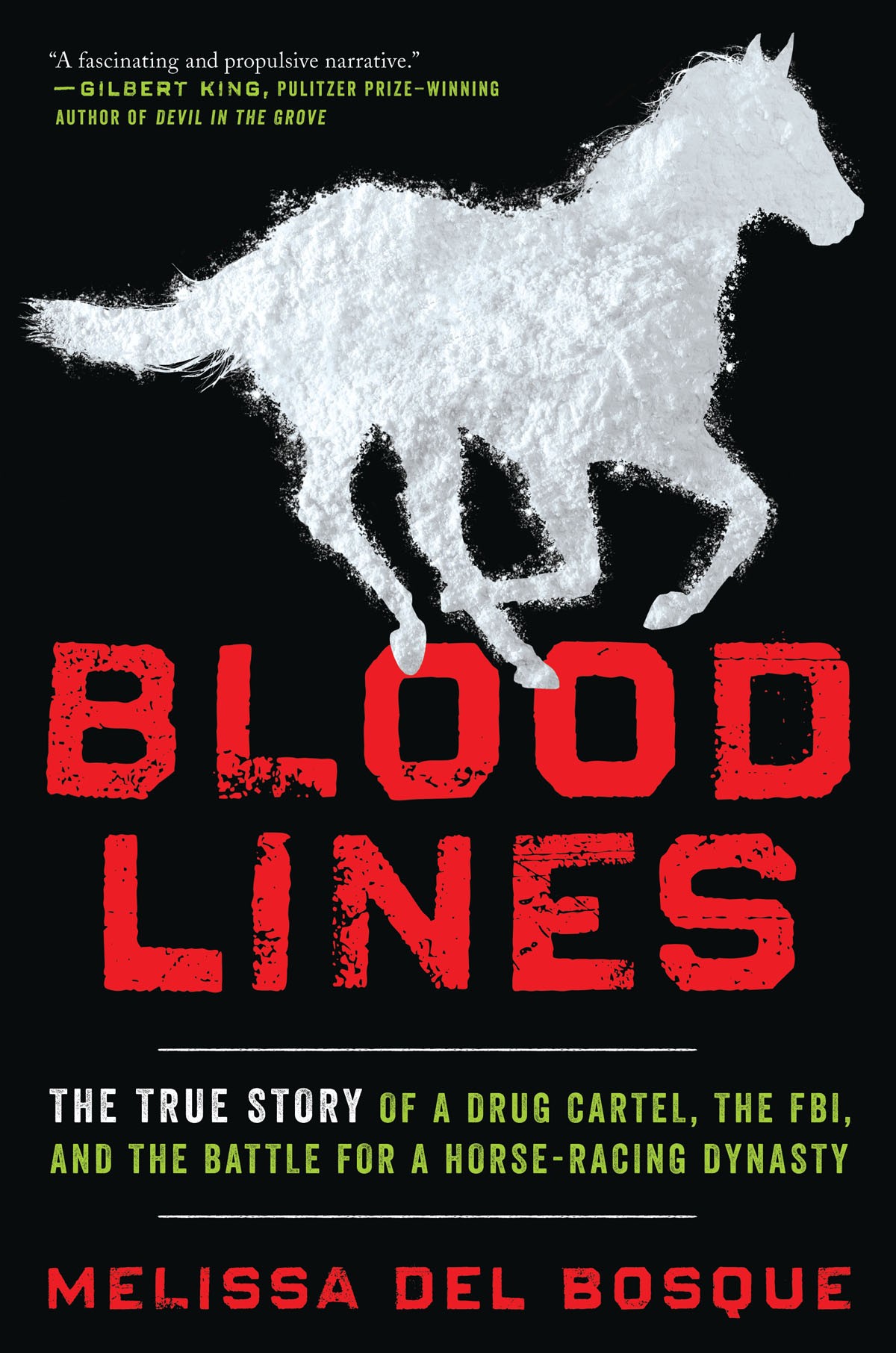
After he got off the phone with Pennington, Lawson phoned Johnston. “What in the hell’s going on in California?”
Johnston said that all the information he had, he’d put in his email. The DEA was so big and so compartmentalized, he knew very little about what other offices were working on, or even other agents in his own office.
“I’ll be there in 15 minutes,” Lawson said. “See what else you can find out.” After hanging up the phone, he returned to Perez’s cubicle.
She was searching on her computer for any breaking news reports about the raid at the racetrack. “It won’t take long before it hits the news,” she said.
“This is bad,” Lawson said. “I’m going upstairs to find out what the hell is going on.”
“I’ll check with my sources at the track and see if they’ve got anything,” Perez said, picking up her cellphone.
By the time Lawson got to Johnston’s office on the sixth floor, Johnston had already called one of their agents in Mexico who was helping advise the agents on the ground in California, but he’d told Johnston he couldn’t talk until things had settled. The raid was still going down at Los Alamitos. As Lawson paced the floor around his desk, he watched Johnston dial the DEA’s Santa Ana office near the racetrack, where he seemed to have better luck. When he got off the phone, Johnston relayed the update to Lawson.
[
“They’ve detained some people,” he said. “They’re going to send me photos of them when it’s all over.”
Lawson sat down in a chair next to Johnston’s desk. What if they detained José? His head was beginning to throb. He could see their whole case unraveling before him. Johnston gave him an apologetic look. “As soon as I know something, I’ll let you know.”
When Lawson exited the elevator to his office, he instinctively grabbed for his cellphone. He started to dial, then stopped suddenly. He looked at the call screen, which said “Dad” and ended the call. It made him feel even more desolate. Since he’d returned to Laredo, the grief would wash over him like this—sometimes suddenly—catching him by surprise. He paused in the hallway and tried to collect himself.
In the office, he could tell that Perez had already informed [FBI supervisory agent David] Villarreal about the raid. Through the window, Lawson could see him pacing around his office.
“You told him?” Lawson said.
“Yeah,” she said. “Not good. He wants an update as soon as we’ve got more.”
Perez had more bad news, she said. She’d found out that the U.S. Marshals had gotten the same tip that Omar had flown into Los Angeles on a private jet, along with his bodyguards, to inspect some horses at Los Alamitos. Both agencies were at the racetrack now, pulling people aside for questioning and detaining anyone who looked suspicious for further questioning.
Omar and his brother Miguel each had a $5 million bounty. Lawson knew that neither agency could pass up the chance to arrest Omar on American soil if it thought it had a credible tip. But he was skeptical about the whole setup.
“Do you think Omar would ever risk coming here, with every law-enforcement agency under the sun looking for him?”
“I hate to say it, but I think he’s smarter than that,” Perez said.
“What if they pick up José?” Lawson asked. There was nothing they could do but wait and see, which made it even worse.
“Then we’re done,” Perez said, frowning. “Ni modo.”
They went to Lawson’s favorite place for lunch, with the fried chicken and gravy, but neither of them had any appetite. They scarcely touched their plates of food, as they waited for Johnston’s email with the photos of the people the DEA had detained. Lawson kept checking his email on his phone.
“I got it,” Lawson said excitedly. It was Johnston’s email. He downloaded the attachment on his phone. He knew it would be better to wait until they got back to the office so he could download it on his computer, but they couldn’t wait that long.
Perez pulled her chair closer to Lawson so she could see the mug shots. “Oh, no,” she said. The first photo was of [Zetas member] Carlos Nayen. “I bet the DEA in Dallas won’t be happy about this either.”
“What a mess,” Lawson said, shaking his head.
“Who’s that other guy with the black hair?” Perez asked, pointing to the other mug shot.
“That’s Felipe Quintero,” Lawson said. “He’s a horse trainer they hired out in California.”
“Oh, right,” Perez said. “He was at the All American in Ruidoso.”
Lawson nodded in the affirmative. They were both cautiously relieved not to see José in the DEA’s lineup. The text of the email from Johnston said that Lawson should come to his office right away because he had more details about the raid.
As soon as they got back, they went straight to Johnston’s office. The DEA agent briefed them on what he’d found out from the agents in California. As the raid had progressed, with the agents spreading out across the racetrack, people had started leaving in droves. So the DEA had set up a checkpoint in the parking lot. Everyone else leaving the stables was in jeans and T-shirts, but Nayen was wearing Ralph Lauren. He also seemed unusually withdrawn, not even glancing at the photo of Omar when a DEA agent asked if he recognized the fugitive they were searching for. Nayen also had a Mexican passport, so the agent had decided to detain him for further questioning, along with Quintero, who was driving. Once Nayen was in custody, the agents asked him repeatedly whether he knew Miguel or Omar Treviño. But Nayen had played ignorant, saying he’d never heard of them. After a couple of hours, they’d let him go. Omar, of course, had never materialized.
[
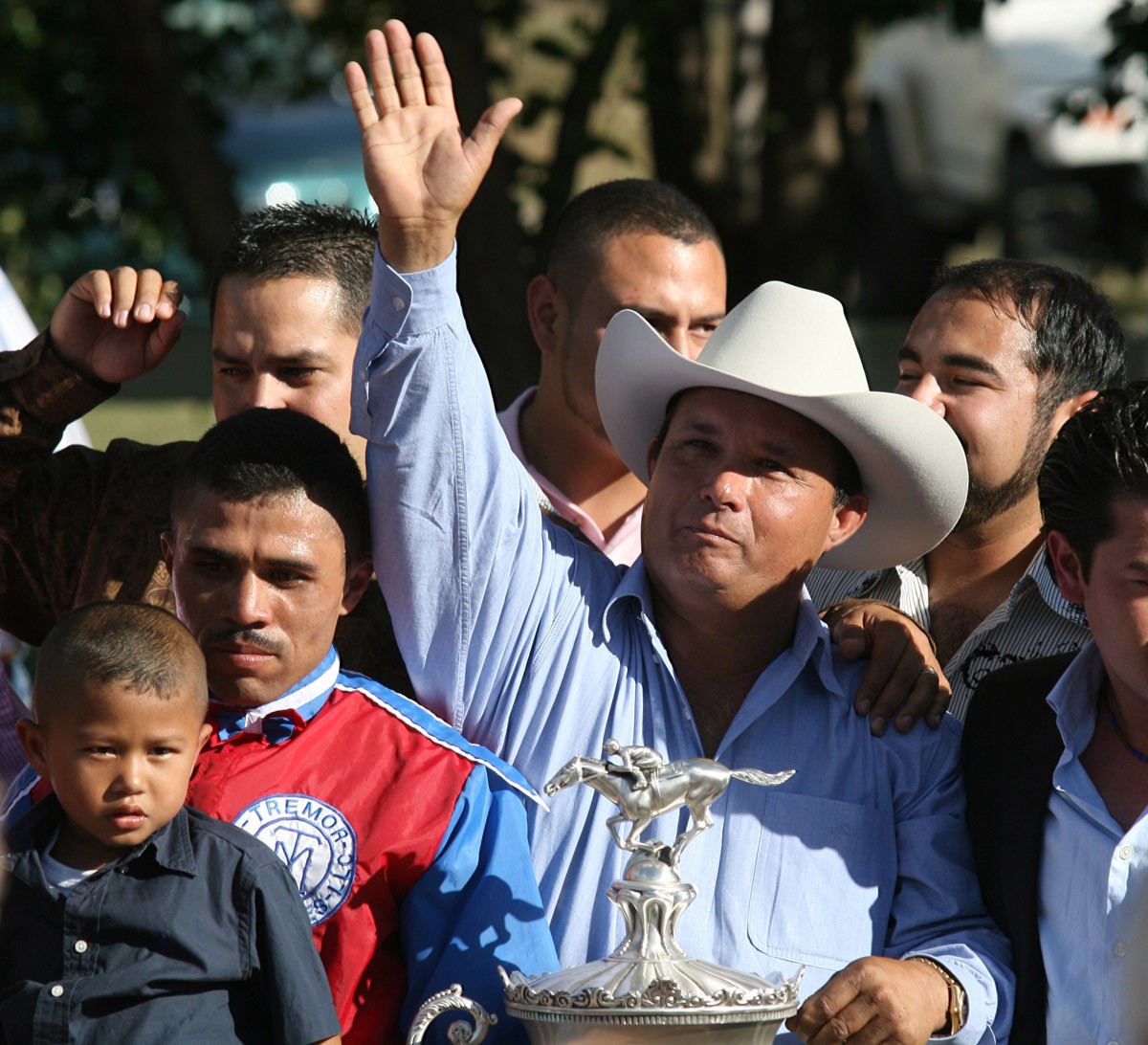
In the summer of 2012, Del Bosque writes, José and his crew “were preparing several of their horses [for the upcoming trials in early June] for the Ed Burke Million Futurity,” a prestigious contest in quarter horse racing that goes back to 1951. As that was happening, Lawson and Perez had to convince The New York Times to not publish an explosive exposé about the Zetas’ involvement in the sport because that would’ve unraveled their investigation. Reporter Ginger Thompson ultimately decided to hold off on the story until after June 12 raids in Oklahoma, Texas and Los Alamitos that finally brought down Tremor Enterprises.
The story made worldwide headlines and embarrassed the Los Angeles Times and Orange County Register, which had missed the huge drug-war story in their own back yard. In this excerpt, Del Bosque describes the days leading up to the raid—and the aftermath.
Lawson was beginning to see the benefit of a looming publication date in The New York Times hanging over their heads. He and Perez had been pushing [federal prosecutor Douglas] Gardner since the Los Alamitos raid for an indictment, but Gardner had wanted to wait until September. But with the Times reporter poised to publish her story on Tremor Enterprises, the prosecutor agreed they couldn’t wait any longer. He set a date before the grand jury for May 30, 2012.
Pennington and Billy Williams drafted a document that summed up the entire investigation to be presented before the grand jury. The document, called a “summary of facts,” had to distill the nearly three-year investigation into 50 or so pages that would be digestible for the jurors in Austin.
Pennington, being the most experienced agent, took the lead in writing up the document, which Gardner would also use as a blueprint for his prosecution when they went to trial. Among the stacks of boxes, Williams and Pennington worked diligently to piece together the financial information, the legal framework and the many assets that would be seized, including [Mexican businessman] Francisco Colorado’s two private planes, José’s ranch and the hundreds of racehorses.
Each agent had his or her own task to accomplish in the war room. Lawson and Perez were busy working on the arrest and search warrants they’d need. [Investigator Brian] Schutt and Kim Williams sat at the long table putting together the extensive spreadsheets of horses owned by Tremor Enterprises and various straw buyers. So far, they had a tally of more than 400 horses bought by Miguel in the United States.
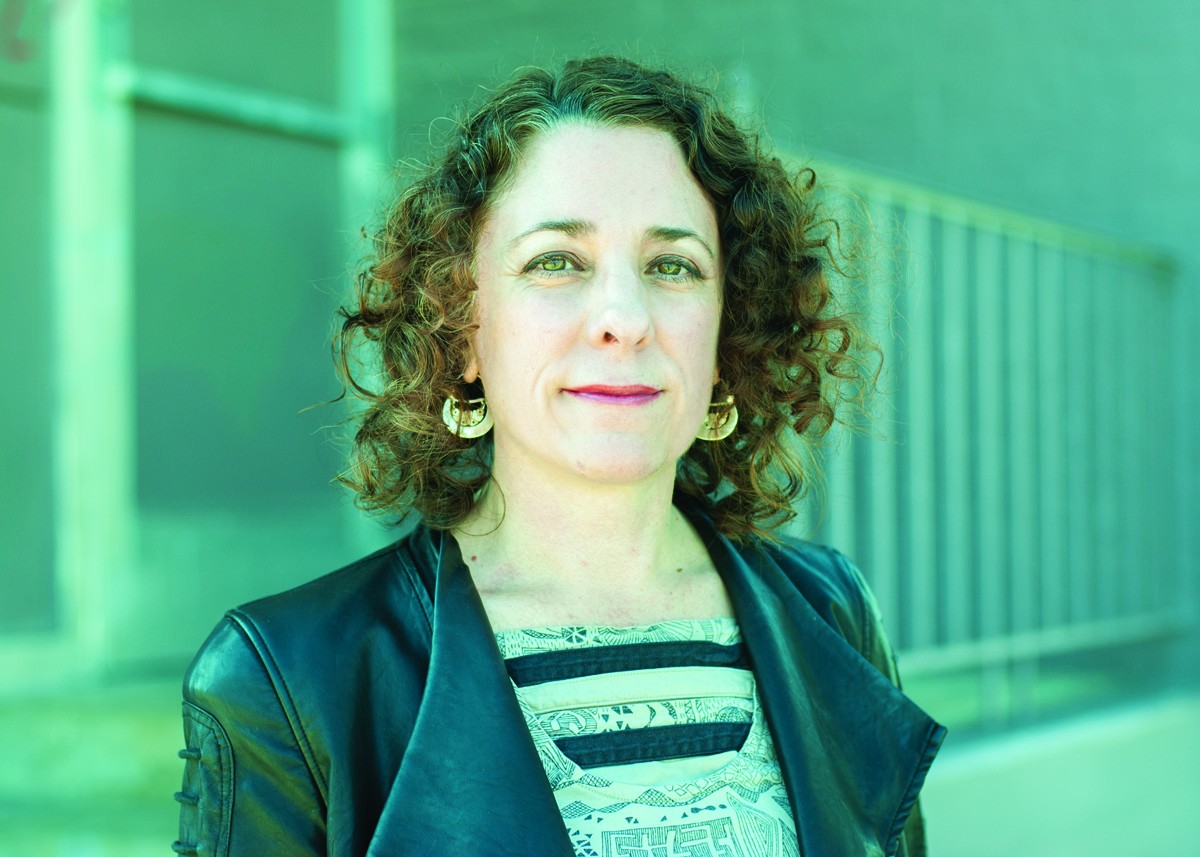
For several weeks, supervisors at the FBI and the IRS along with Doug Gardner had been embroiled in a debate over whether it would be necessary to seize all of them. They considered taking only the cartel’s most valuable horses—just 50 or so instead of hundreds. Some in Washington didn’t want to seize any horses at all. But Pennington, Perez and Lawson put up a vigorous defense.
“We can’t leave these high-dollar assets in the hands of the cartel,” Pennington argued to his supervisors. “It doesn’t dismantle the ring. They’d just give the horses to relatives or take them to Mexico.”
The two agencies also quarreled over which of them would be responsible for seizing the animals, then caring for them. It was an expensive and onerous task that neither wanted. The FBI brass argued that they were in the business of arresting criminals, not caring for dozens of high-strung, expensive racehorses. After some heated discussion in Washington, it was decided that the IRS would handle the seizure, which was what Gardner had also wanted. It made the most sense, he argued, since the IRS was part of the U.S. Department of the Treasury, with a large asset-forfeiture office. The management at IRS was more doubtful—they seized yachts and private planes, not livestock.
To assure Washington the seizures could be done successfully, Pennington sought the expertise of Henry Maldonado, an experienced IRS asset-forfeiture manager in San Antonio he’d worked with over the years. The plan would be to seize the 40 most valuable horses the day of the raid and leave the rest under protective order. This meant facilities like Graham’s Southwest Stallion Station and Paul Jones’ training facility at Los Alamitos would be required under court order to care for the horses until the IRS could get them sold at auction. Miguel’s most valuable horse, Tempting Dash, would stay with Graham since the stallion was under quarantine and could only be moved with special permission from the state. In San Antonio, Maldonado got to work overseeing the most unusual and expensive seizure he’d ever undertaken for the IRS. . . .
Schutt had his own worries in California. On the morning of the raid, he’d arrived at the Los Alamitos racetrack, along with California agents from the FBI and IRS, only to be told by the guard at the gate to the backside that José’s horses weren’t there. “Like hell they aren’t,” Schutt said, pushing past the guard.
[
Through their sources, he knew José had at least 20 horses at Los Alamitos being trained at various stables. Schutt phoned the track’s office to tersely remind them they had several armed federal agents waiting at their gate. Less than 10 minutes later, a flustered stable foreman arrived with a list of every stable registered on the backside.
“I don’t know what the deal is with these guys, but something’s up,” the foreman muttered, quickly leading Schutt and the other agents to Bonanza Racing Stables. In the long row of stalls, Schutt found several of José’s horses, including the three that had just qualified for the Ed Burke Million Futurity. Of the three contenders, only one was registered under Tremor Enterprises, and the other two were under Bonanza, which was run by Fernando Garcia. With nine horses in the race—three of them José’s—the odds were heavily in his favor that he’d win the million-dollar purse for a second year in a row.
Schutt wondered whether they shouldn’t let the horses go forward with the race anyway, now that they were the property of the U.S. Treasury. He had a handful of cowboys with horse trailers standing by. But they were becoming increasingly nervous and anxious to leave, having just discovered the true owner of the horses. Some were in the process of trying to cover up the names of their transport services with cardboard and duct tape. Schutt knew he needed to work fast. The parking lot was starting to fill with hot walkers, groomers and trainers, all rushing to leave before they were stopped and questioned. He called Gardner at the command center in San Antonio to ask what he should do about the three horses. One of them, a sleek bay stallion named Mr. Ease Cartel, had come close to breaking the track’s speed record during his qualifying round. Appraising the horse in his stall, Schutt couldn’t help but be in awe of its muscular strength and speed. For him, it was like standing next to a Ferrari or a Lamborghini.
Gardner answered the phone. “Hey, Brian. How are things?”
“All good on my end,” Schutt said. “But I need to ask you something. I’ve got these three qualifiers here for the Futurity. It’s in less than two weeks. Should I pull them from the race?”
“I’ll send it up the chain of command, then get back to you,” Gardner told him.
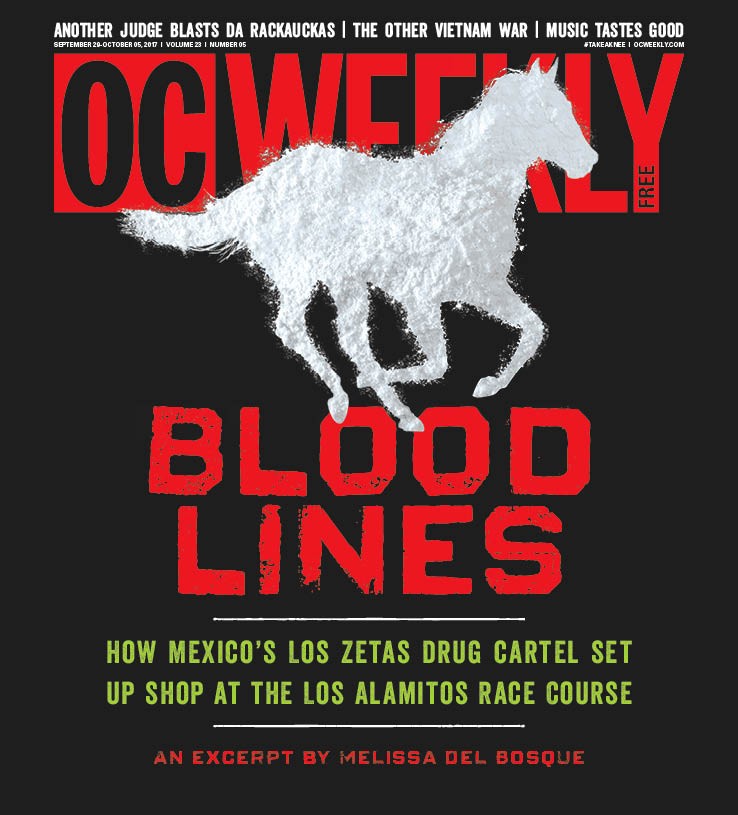
While Schutt waited for an answer, the agents fanned out through the rows of stalls looking for more of José’s horses. Like Williams in Ruidoso, Schutt was left to lip the horses and look for the tattooed number that matched their records to make sure the cowboys didn’t load up the wrong horses. After about 15 minutes, his cellphone rang. “Yes, seize them,” Gardner said.
Much later Pennington, Schutt and the rest of the task force would come to regret the decision to pull the horses from the race. The contenders would have made hundreds of thousands of dollars for the Treasury Department just by participating, and the odds of Mr. Ease Cartel winning the million-dollar purse had been favorable. The horses would have been worth much more after the Futurity. But none of them had known enough about racing at the time to realize the mistake.
Schutt had the horses quickly loaded into the trailers. Altogether, they identified 24 horses. An elderly Mexican man leading one of the horses out of the stables said “gracias” quietly as he passed Schutt, so that only he would hear. He thought he saw relief in the man’s eyes.
From the book Bloodlines: The True Story of a Drug Cartel, the FBI, and the Battle for a Horse-Racing Dynasty by Melissa del Bosque. Copyright © 2017 by Melissa del Bosque. Reprinted by permission of Ecco, an imprint of HarperCollins Publishers.

